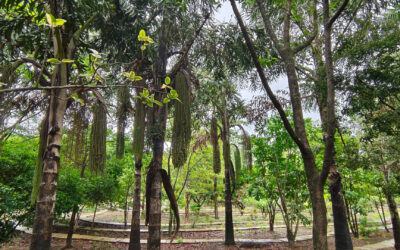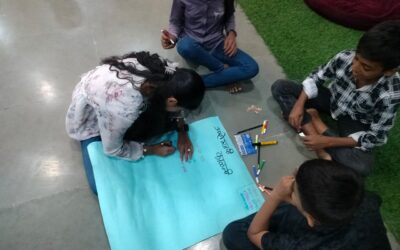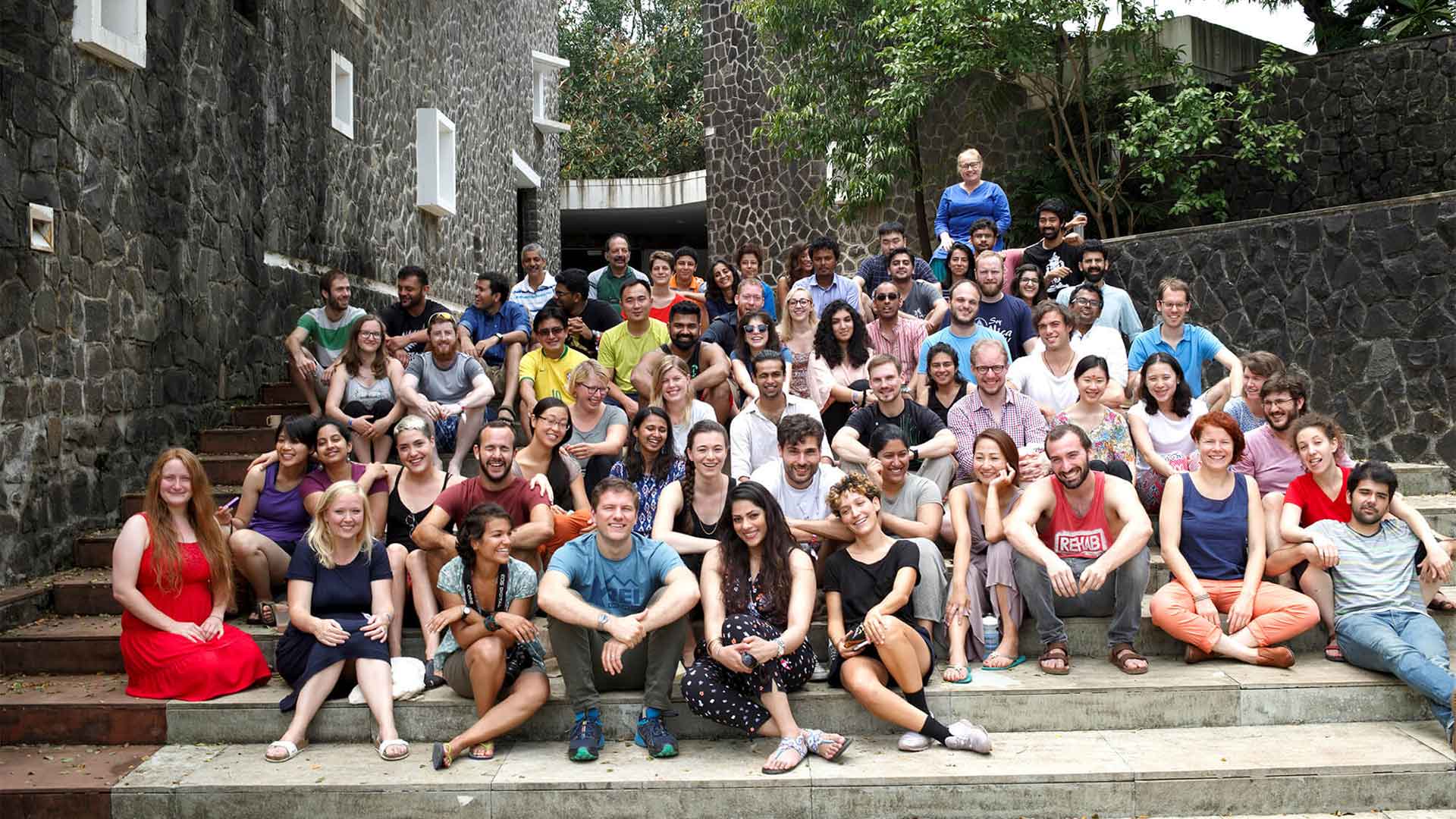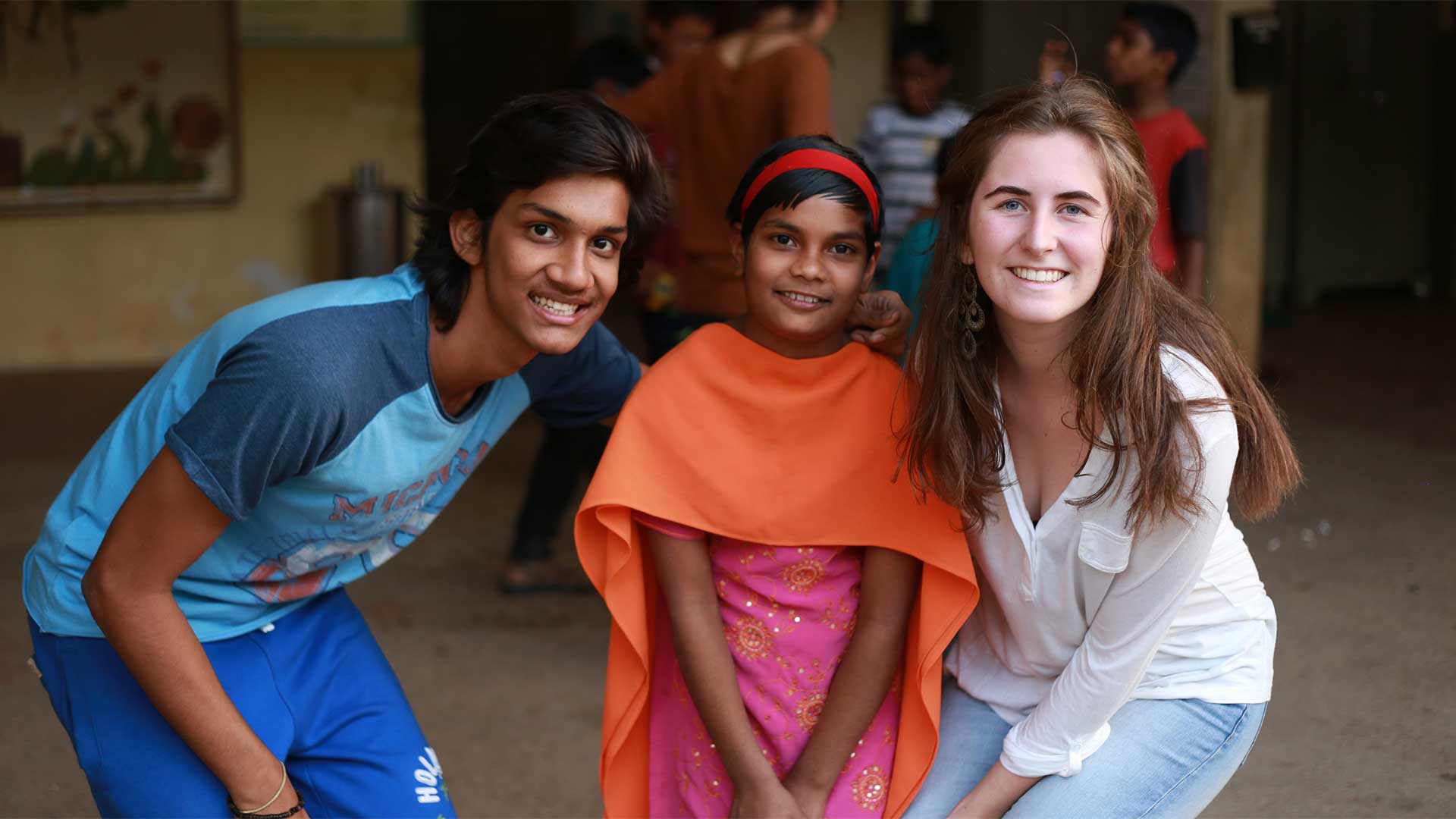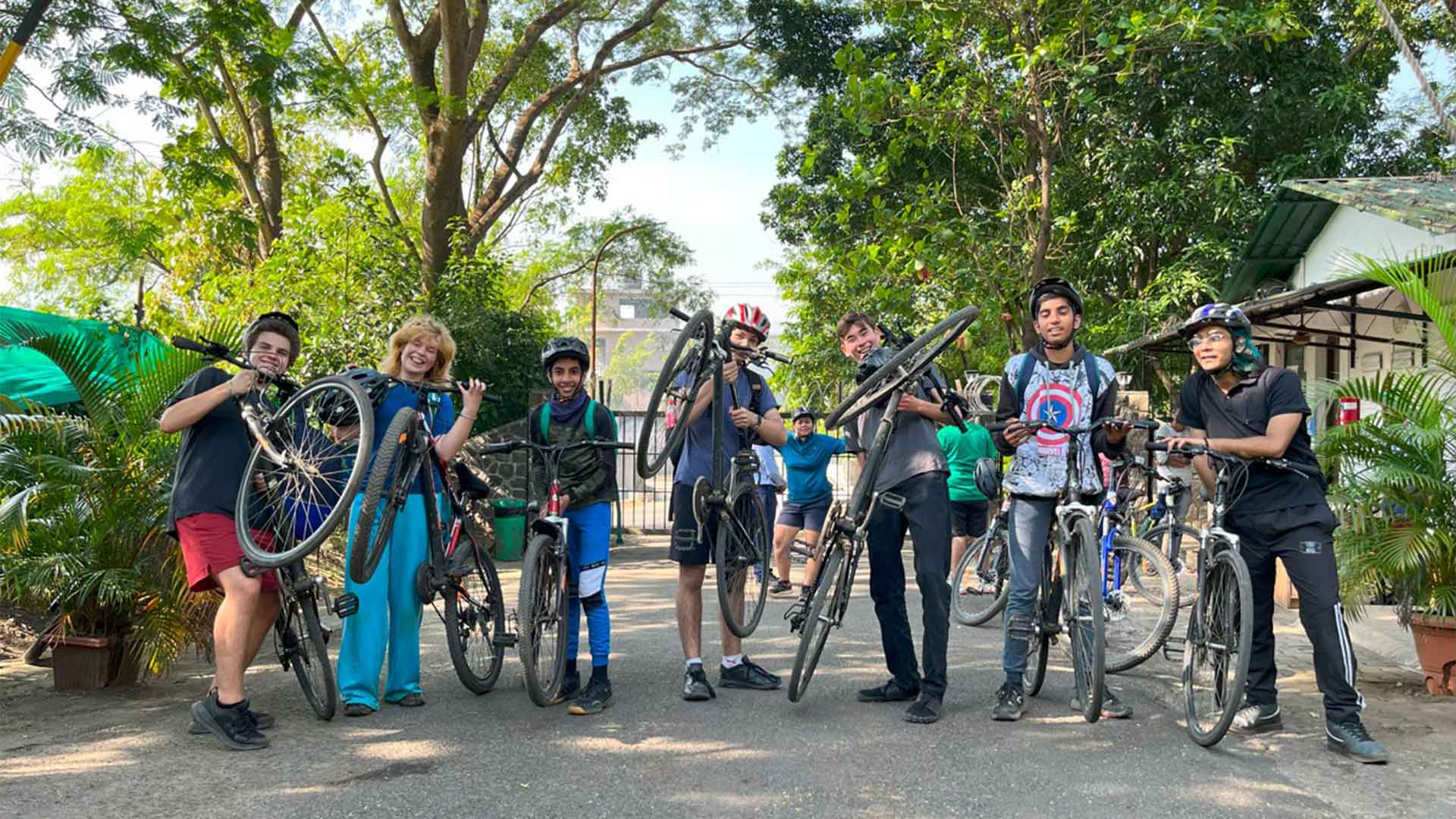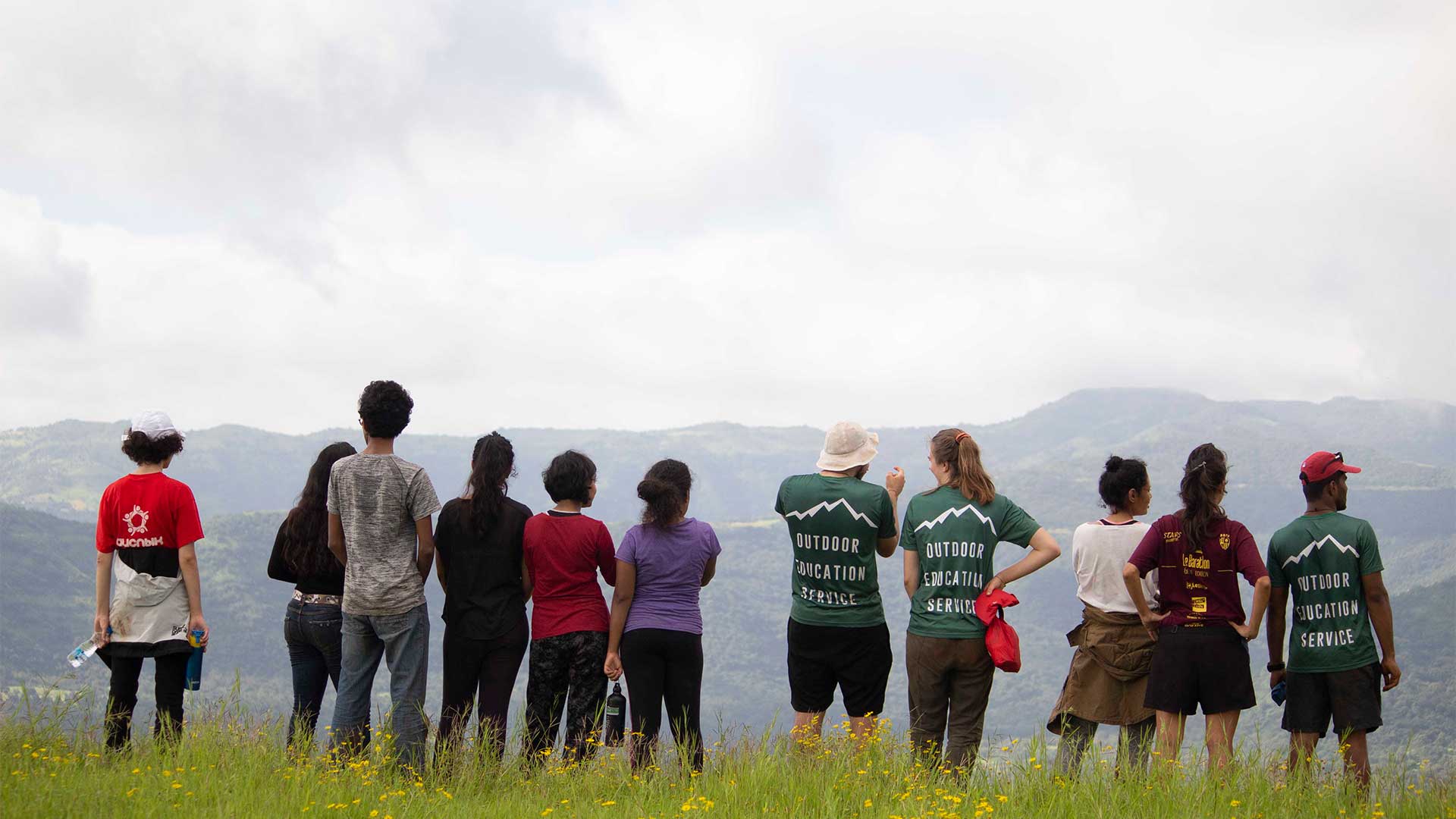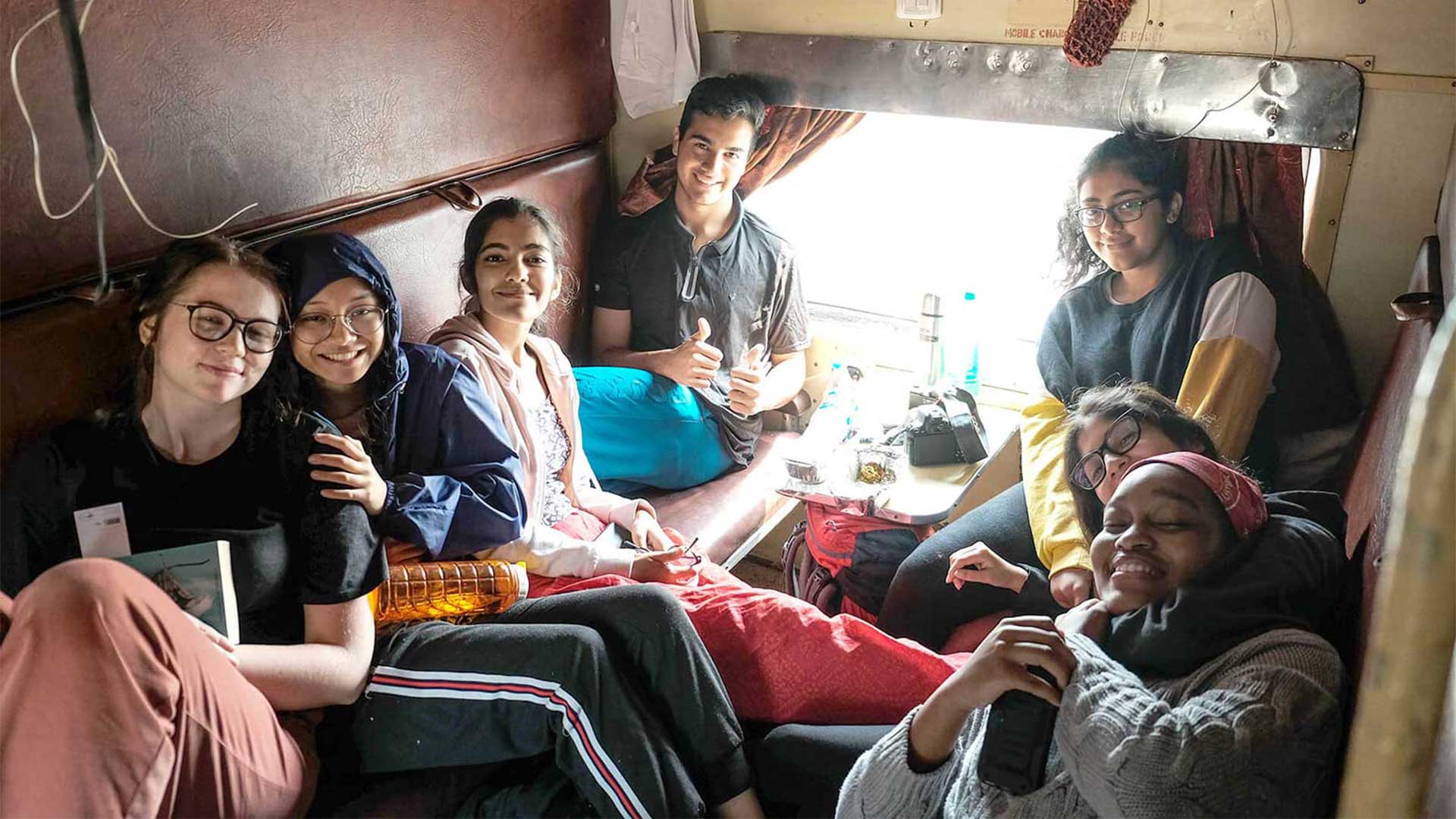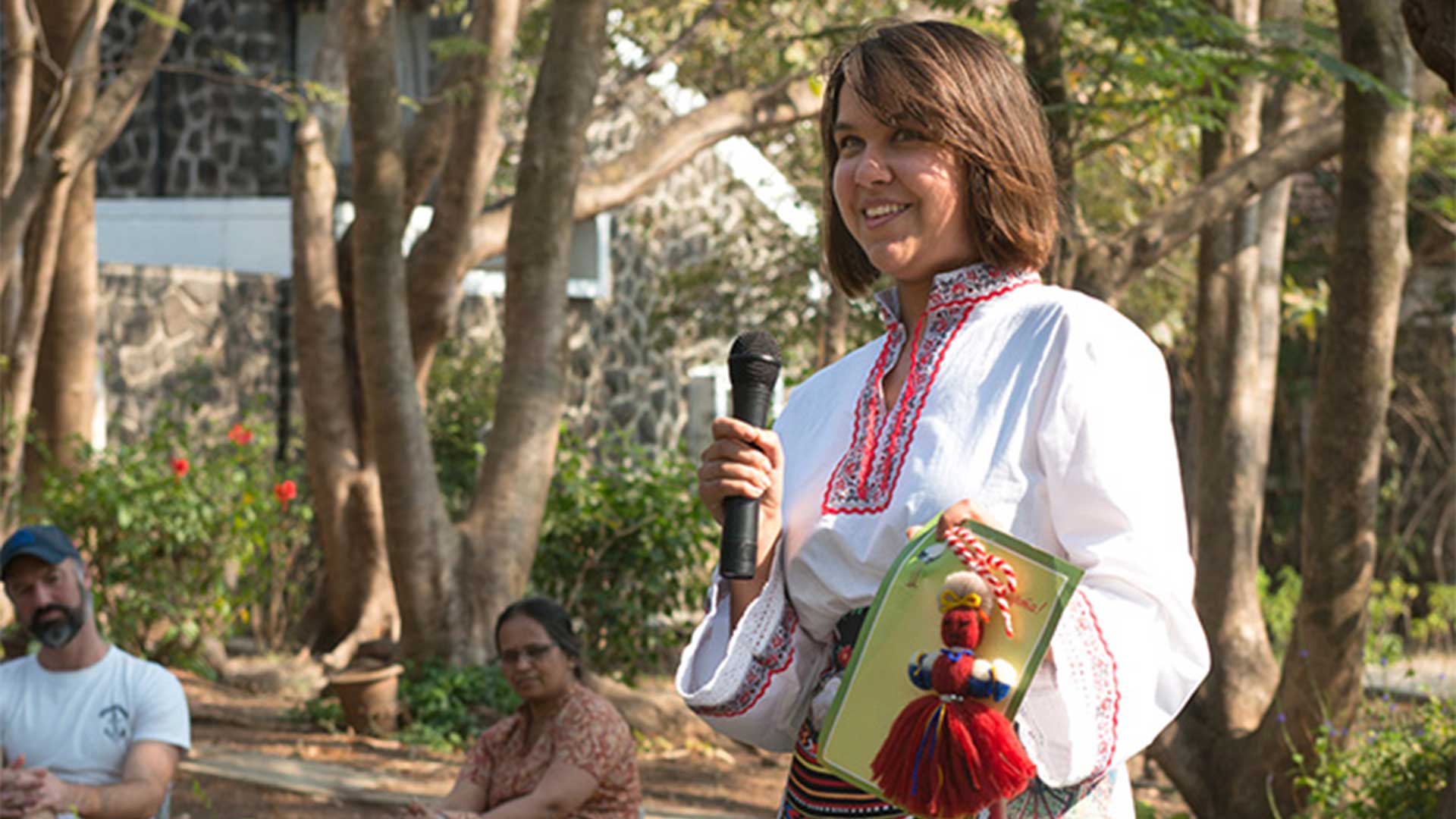By Ojaswini Pandey (from India) from her Experience India Week trip to Bengaluru and Mysuru
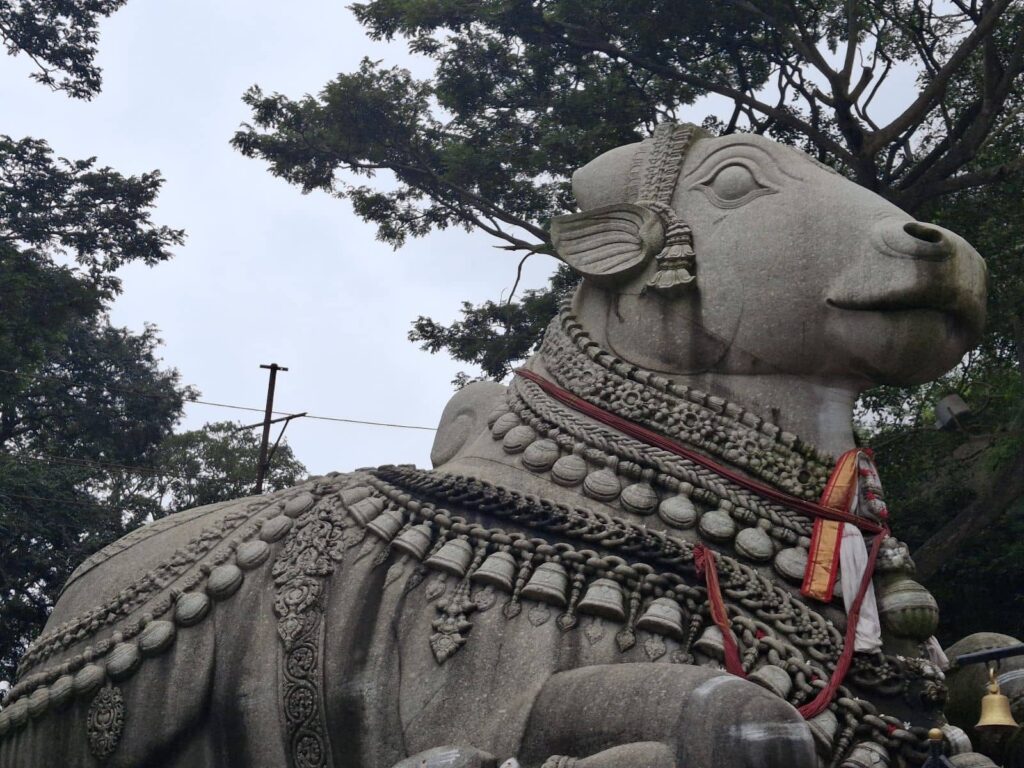
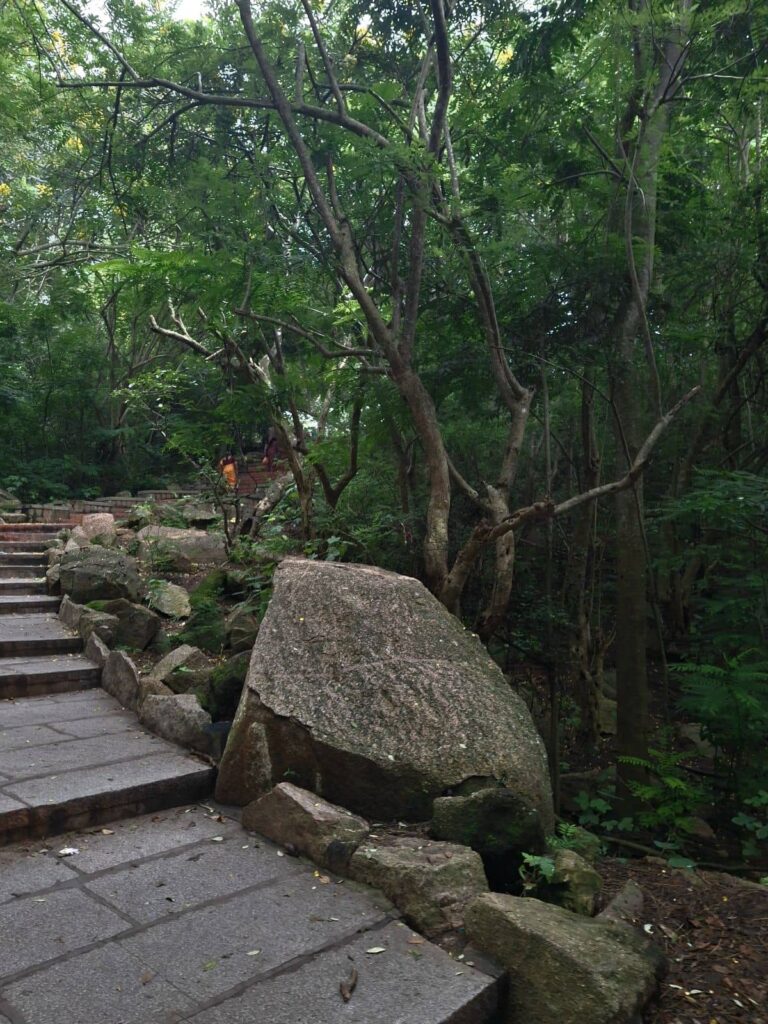
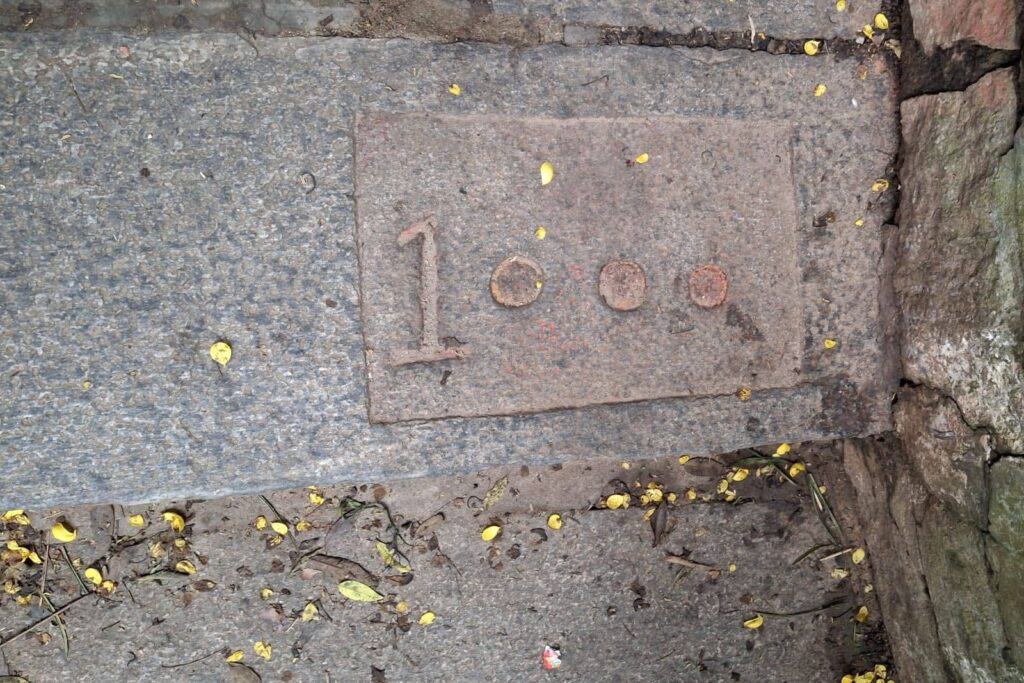
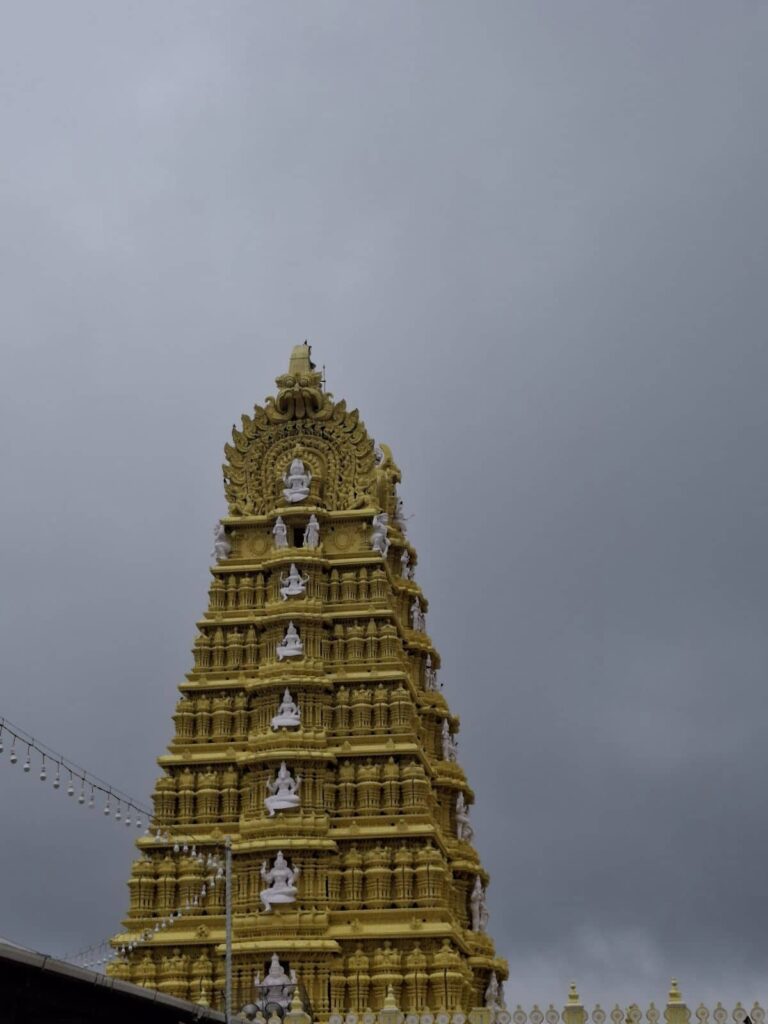
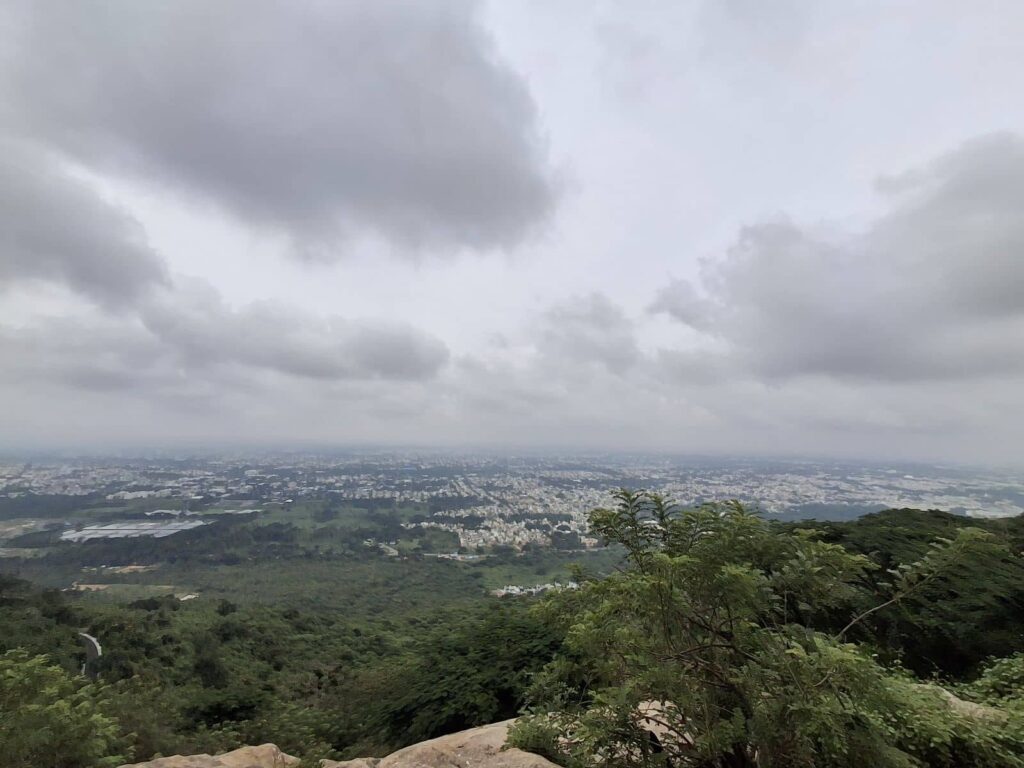
The stairs were enormous and wide, the rough stone surface feeling uneven beneath my feet. Each step felt heavier than the last; there was a sharp burn in my calves, my muscles screaming in protest, begging me to stop, stiffening with every stubborn step I took forward. I had barely climbed two-hundred out of the thousand and eight stairs and yet I was ready to collapse, wondering when my legs would give out. I could have taken a break, rested my aching bodies; but something within me – call it willpower or stupidity – kept me moving. Even as the scorching sun cast its unforgiving glare at my already sweat-covered face, I kept moving, determined to make it to the top of Chamundi Hill.
The climb felt like eternity, as the stairs simply kept unfolding ahead of us, and yet it was like a scene from a fantasy. A place that one could only imagine existing in their dreams. It felt serene, tranquillity floating around us, the sounds of the bustling city of Mysore long forgotten, replaced by the songs of the birds, their voices weaving through the air like a comforting lullaby. At that moment, I felt an odd sense of jealousy; oh, to be one of those birds, living amongst the tall, lush green trees that swayed to the rhythm of the breeze, while gazing off at the distant lonely hills which stand timeless, blurred a little by the mist that attempts to hide them. A soft scent of earth and life wafted through the air; the invigorating aroma of the damp soil, dancing through the air with the fragrance of fresh grass and sweet flowers.
On my way up, something rather peculiar which I noticed were a few people who were applying small dots of tika in red and yellow on the edge of every step. It must have been extremely difficult to bend down every second, while climbing the giant stairs. At first I thought it may have been a sort of purification ceremony, because the tika is often associated with protection, purity and luck. However, it was later when I asked a local around the area that I discovered the true meaning behind this. It is said that anyone who applies the tika on every step, shows their devotion and dedication to the Gods, who would then fulfil their wishes and give them a blessed life.
About half-way up, a well needed break was finally taken. My lungs were on fire, as I greedily took long breaths, trying to calm my weary heart down. The first few sips of water were a blessing, as the cool liquid washed down my parched throat, leaving behind a sense of satisfaction. I had only just begun walking again, when my eyes suddenly landed on a young man, sitting underneath the shade of a rather large tree. What piqued my curiosity was the large rock that was in front of him, which he repeatedly hit with a hammer. I couldn’t help but wonder what the man was up to and so slowly made my way towards him, approaching him with a smile, which he happily returned, as he stopped what he was doing and looked up. Now that I was closer, I noticed several statues of deities and animals – all made of rock.
I managed to put all the pieces together, as I realised that this man was an artist, who expressed himself through the art of rock carving. “Did you make these?” I asked him, pointing at the statues. I mentally scolded myself for the silly question – of course he made them.
The man laughed and nodded, “I did! They’re quite popular amongst the tourists, especially the elephant,” he said, while pointing at a huge carving of an elephant- almost the size of a football. It was stunning; there was so much attention to detail, every line was thin and fine, its colour resembled a rich forest green, and the surface of the elephant smooth as it had been sanded down.
“How did you do that- the trunk? That too from a rock? And it’s colour – it’s so pretty” I bombarded the man with questions, and he seemed happy, even excited to quench my childish curiosity.
“It takes a lot of practice…” he said, staring down at his hand, and as a soft smile painted his lips he seemed to be recalling something, a memory perhaps that made him happy. “No one ever taught me how to carve on rocks. I just remember as a child watching my father do it, so I used to sit down beside him, and observe, and then…I don’t know, I just became good at it.” He said looking back up at me, “And the colour, well it’s a simple trick! Coconut oil, if you rub it all over the carved rock, it will absorb the oil, and that’s why it becomes this way.”
I listened attentively to the man, and I had this overwhelming feeling of fondness in my heart. He was so genuine – there was this innocence in his gleaming eyes as he talked of his work. Rock carving was not something he did out of force – but out of his admiration for it. Every carving he made had the ‘Om’ symbol; it was his way of signing his masterpiece before he put it up for sale. I stayed there in silence for a few seconds, as I looked at his collection. I cannot explain why, but for some reason I felt the sudden urge to buy the Ganesh idol. I picked it up, and looked, and I had to admit, it was the most beautiful Ganesh idol I had ever seen. Ironically, I found out after purchasing the idol that this talented man’s name was Ganesha! I didn’t bargain over any of his price; it felt wrong even thinking to bargain prices with a man who was sitting in the ruthless heat for hours, working hard to make every one of his pieces.
Besides, art is art; every artist puts their love, care and effort behind each one of their creations, which is why once a price has been stated, it shouldn’t be questioned – or at least that’s how I feel. As I talked more to Ganesha, I found out that he could in fact speak the basics of multiple languages including French, Hindi, Kannada, Italian, Spanish, German, and English. He was certainly full of surprises! Just as I was about to set out on my climb once again, Ganesha stopped me, “The Ganesh idol – always remember, he is a symbol of power and wisdom. If there’s any moment you feel lost, or in doubt, just know he’ll always be there by your side to protect you.”
I’m not fully sure why he told me that, but those words were beautiful to hear, and filled me with a sense of hope, and long before I knew it, I found myself approaching the top of Chamundi Hills. And although by now I was extremely tired, the sight, although crowded, was gorgeous. At the top of the hill, stood in quiet grandeur, was its golden peak, tall and mighty as it peered over everyone from up in the sky, while we admired it from down below. Ornate designs, and intricate carved scenes of Gods were present all around the temple. Even amidst the chaos, the temple radiated calmness; there was a scent of aggarbati made of sandalwood (Mysore’s speciality) burning close by, and the faint ringing of the temple’s bells. It is famously believed that Goddess Durga had slayed the asura (demon) Mahishasura Mardini on top of the hill – where the temple now stands. Chamundi Hills is named after Goddess Chamundi who was one of the other forms of Durga. Every year, several devotees from all over India make a trip to the temple as it is known for granting boons and fulfilling wishes.
Unfortunately, the crowd made it impossible to actually enter the temple. As I found myself now descending the stairs I had climbed earlier, making my way back down, my mind kept wandering back to the man, Ganesha. I couldn’t help but admire his hard work, and his passion. Things may have been difficult for him, and yet not once did the smile leave his face, nor did his resolve for his work falter and instead made him more dedicated to show the world his art. It made me realise that every individual has their hardships and struggles, however the way we choose to tackle them, and treat them can make all the difference in the world. As I came closer back to the foot of the hill, I took one last look at the view around me, the one which I had absolutely fallen in love with.


